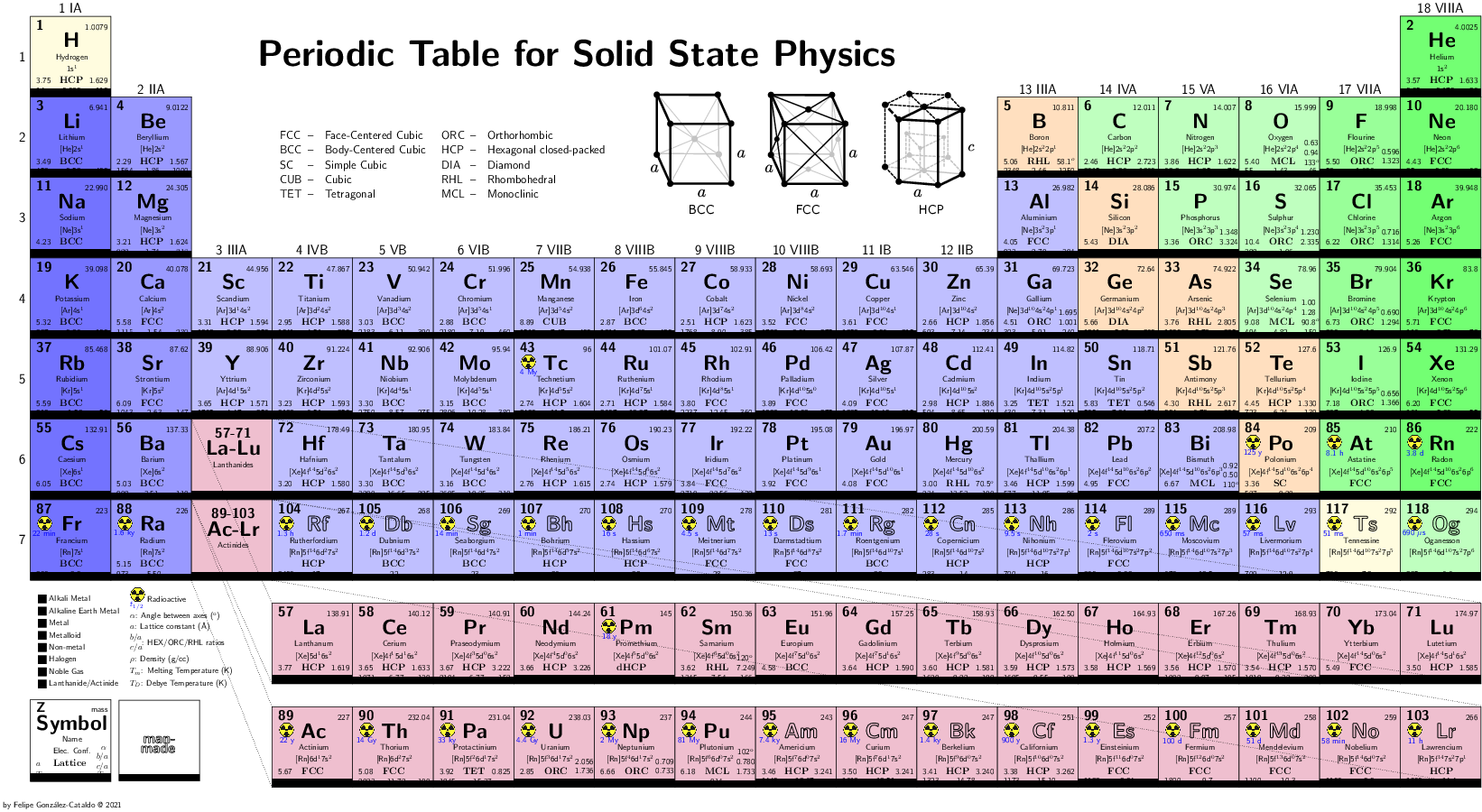Links
Lugares:
- Centro de Bioinformática y Simulación Molecular (CBSM), Universidad de Talca, Chile.
- Centro de NanoCiencias de Valparaíso (CeNaVa), Universidad Técnica Federico Santa María, Chile.
- Computational Materials Science (CESMEC), Florida International University, Florida, EE.UU.
Aplicaciones:
DL_POLY
Is a general purpose serial and parallel molecular dynamics simulation package developed at Daresbury Laboratory by W. Smith, T.R. Forester and I.T. Todorov. The original package was developed by the Molecular Simulation Group (now part of the Computational Chemistry Group, MSG) at Daresbury Laboratory under the auspices of the Engineering and Physical Sciences Research Council (EPSRC) for the EPSRC's Collaborative Computational Project for the Computer Simulation of Condensed Phases ( CCP5). Later developments were also supported by the Natural Environment Research Council through the eMinerals project. The package is the property of the Central Laboratory of the Research Councils.
Gulp'
GULP is a program for performing a variety of types of simulation on materials using boundary conditions of 0-D (molecules and clusters), 1-D (polymers), 2-D (surfaces, slabs and grain boundaries), or 3-D (periodic solids). The focus of the code is on analytical solutions, through the use of lattice dynamics, where possible, rather than on molecular dynamics. A variety of force fields can be used within GULP spanning the shell model for ionic materials, molecular mechanics for organic systems, the embedded atom model for metals and the reactive REBO potential for hydrocarbons. Analytic derivatives are included up to at least second order for most force fields, and to third order for many.
Vasp VAMP/VASP
is a package for performing ab-initio quantum-mechanical molecular dynamics (MD) using pseudopotentials and a plane wave basis set. The approach implemented in VAMP/VASP is based on a finite-temperature local-density approximation (with the free energy as variational quantity) and an exact evaluation of the instantaneous electronic ground state at each MD-step using efficient matrix diagonalization schemes and an efficient Pulay mixing. These techniques avoid all problems occurring in the original Car-Parrinello method which is based on the simultaneous integration of electronic and ionic equations of motion. The interaction between ions and electrons is described using ultrasoft Vanderbilt pseudopotentials (US-PP) or the projector augmented wave method (PAW). Both techniques allow a considerable reduction of the necessary number of plane-waves per atom for transition metals and first row elements. Forces and stress can be easily calculated with VAMP/VASP and used to relax atoms into their instantaneous groundstate.
Espresso PWscf (Plane-Wave Self-Consistent Field)
is a set of programs for electronic structure calculations within Density-Functional Theory and Density-Functional Perturbation Theory, using a Plane-Wave basis set and pseudopotentials. PWscf is released under the GNU General Public License.
Siesta Siesta (Spanish Initiative for Electronic Simulations with Thousands of Atoms)
is both a method and its computer program implementation, to perform electronic structure calculations and ab initio molecular dynamics simulations of molecules and solids.



